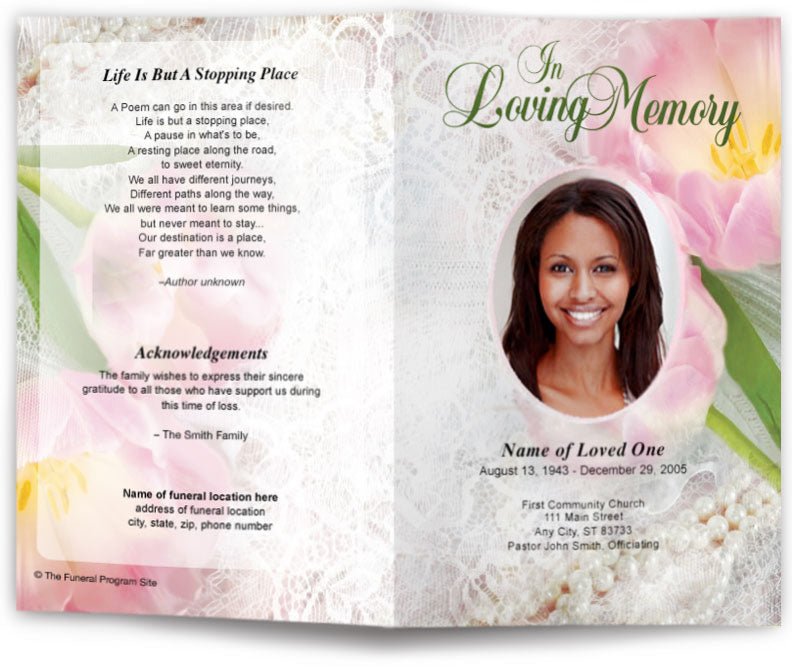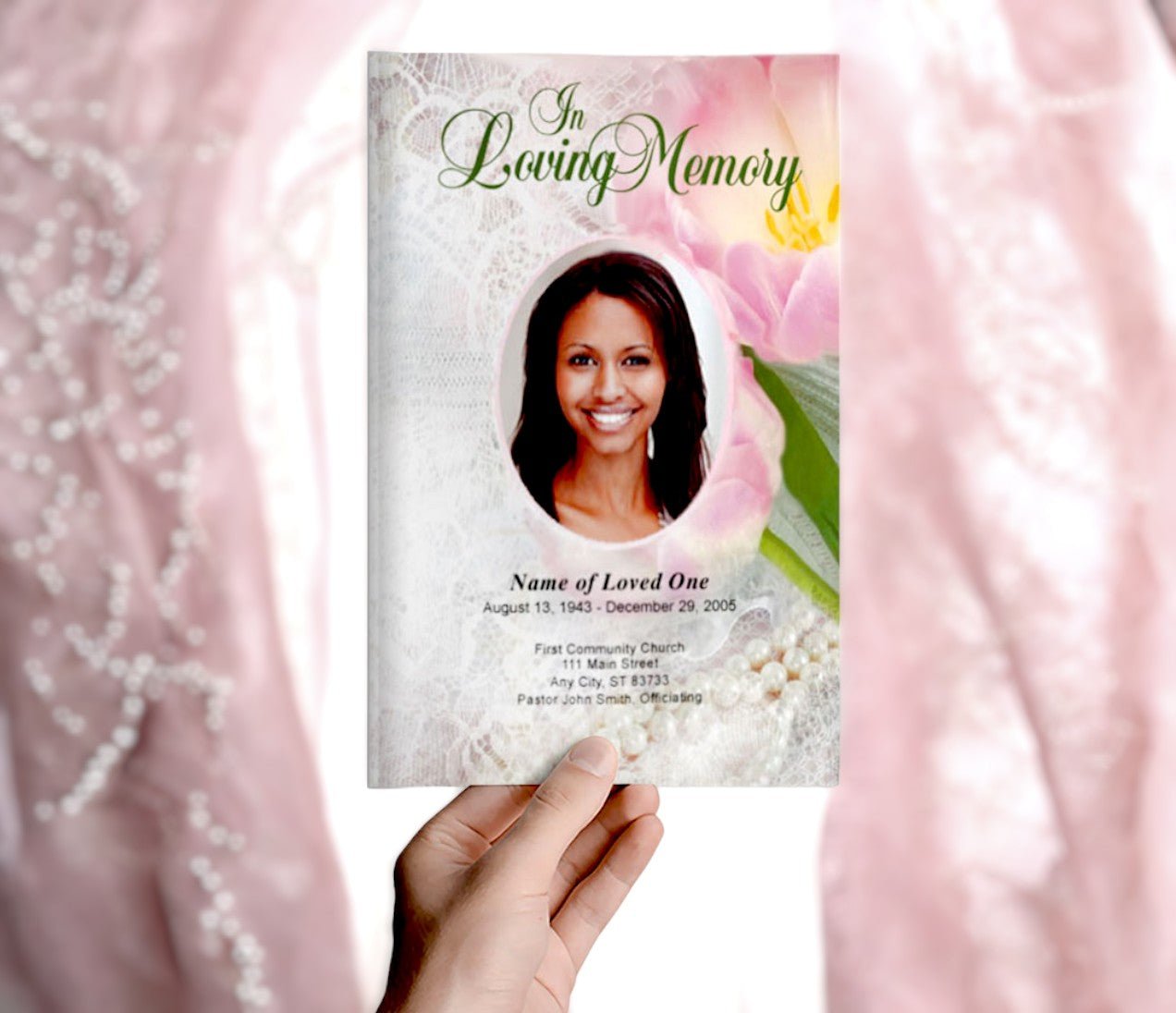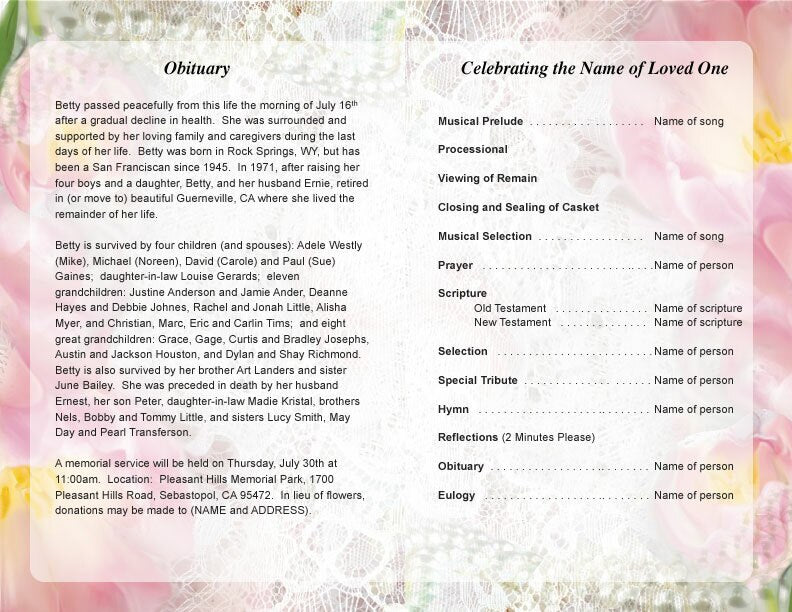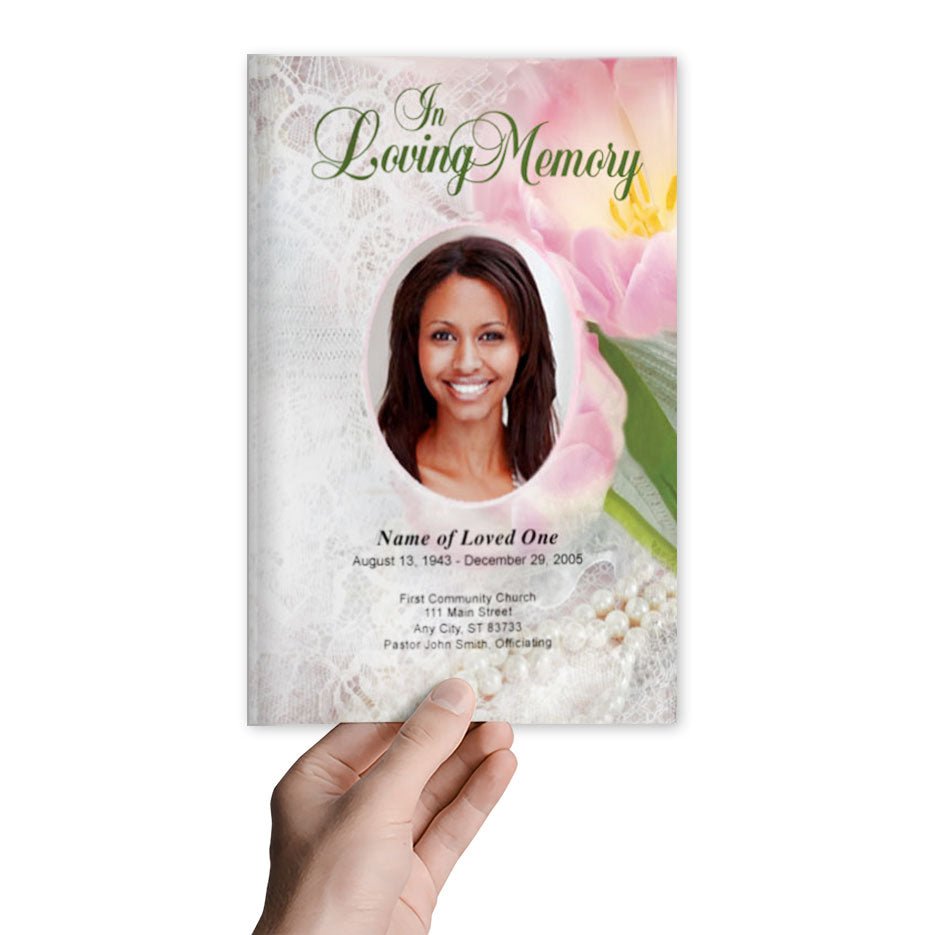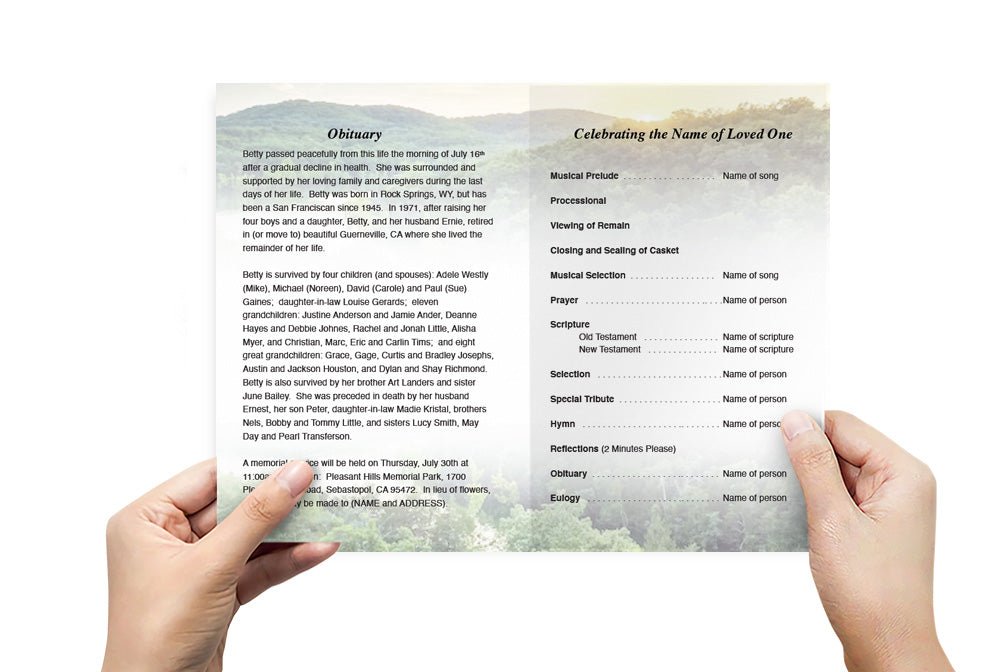The Ultimate Guide to Funeral Programs

A funeral program is a printed or digital document distributed during a funeral or memorial service. It provides attendees with an outline of the ceremony and serves as a tribute to the deceased. Typically, it includes details such as the order of service, an obituary, photos, and meaningful quotes or scriptures.
The Purpose of a Funeral Program
Funeral programs guide attendees through the event while offering a keepsake for remembrance. They help set the tone of the service, whether it is solemn, celebratory, or a mix of both.
Types of Funeral Programs - Traditional Printed Programs
Printed programs are tangible keepsakes distributed to attendees. These often feature bifold or trifold layouts.
Digital Programs
Digital versions are shared via email or social media, ideal for virtual or hybrid services.
Unique Formats
Options like bookmarks, photo cards, or posters can add a creative touch.
Steps to Create a Funeral Program - Choose a Layout
Decide on a format that suits the content and tone of the service.
Add Personal Touches
Incorporate photos, quotes, and meaningful symbols.
Print or Share
Ensure high-quality printing or digital formatting for a polished result.
Tips for Personalizing a Funeral Program
• Use the deceased’s favorite colors.
• Include a timeline or significant milestones.
• Add personal messages from family members.
Elements to Include in a Funeral Program
A funeral program typically contains several essential elements that guide attendees and celebrate the deceased’s life. At its core, the program includes the name of the deceased, birth and death dates, and the schedule or order of service. This section provides a roadmap for the ceremony, listing key components such as readings, prayers, musical performances, and eulogies. Additionally, it’s common to include the officiant’s name, names of speakers, and titles of selected hymns or songs.
Adding a biographical section or obituary to the program enhances its value as a keepsake. This portion summarizes the deceased’s life, accomplishments, and legacy. Families often include meaningful details such as their loved one’s hobbies, career achievements, and family relationships. Pairing the biography with a favorite quote, poem, or scripture can add emotional resonance, giving attendees a deeper connection to the life being remembered.
Incorporating Photos and Visuals
Including photos in a funeral program personalizes it further, offering a visual tribute to the deceased. A portrait or recent photo is often featured on the cover, accompanied by their name and dates. Inside the program, families can add additional photos, such as childhood pictures, wedding snapshots, or moments shared with family and friends. A collage or timeline of images can beautifully capture the essence of their life.
Visuals aren’t limited to photos; incorporating symbols and graphics can also enhance the design. Religious symbols like crosses or doves, nature-inspired motifs, or cultural elements can reflect the deceased’s beliefs and personality. Families should ensure that images and graphics are high-quality to maintain a polished and professional appearance when printed.
Creative Program Themes
Selecting a theme for the funeral program can add a unique and personal touch. For example, a nature-inspired theme might include soft greens and floral designs, reflecting a love for the outdoors. A nautical theme could incorporate shades of blue and imagery like anchors or waves, ideal for someone who loved the sea. Families might also choose themes based on hobbies, professions, or favorite colors, tailoring the program to the individual’s identity.
Themes can also tie into the tone of the service. A traditional funeral might use neutral tones and elegant typography, while a celebration of life ceremony could feature vibrant colors and playful designs. Coordinating the theme of the program with the overall decor of the service creates a cohesive and meaningful atmosphere.
Digital vs. Printed Programs
The choice between digital and printed funeral programs often depends on the nature of the service and the preferences of the family. Printed programs remain the most popular option, as they provide a tangible keepsake for attendees to take home. They’re ideal for traditional in-person services and can be distributed at the event or mailed to those who couldn’t attend.
Digital programs, on the other hand, offer a modern solution for virtual or hybrid services. Families can email a PDF version or share it through a private link, ensuring everyone has access regardless of location. Digital programs are also eco-friendly and cost-effective, as they eliminate the need for printing and shipping. Some families choose to combine both formats, offering printed programs at the service and digital versions for remote attendees.
Making the Funeral Program a Keepsake
Beyond its role as a guide for the ceremony, a funeral program often becomes a cherished keepsake for family and friends. To enhance its longevity, families can consider printing the program on high-quality paper or adding embellishments like ribbons, embossed covers, or foil accents. Another option is to include interactive elements, such as blank pages for guests to write messages or a section for attendees to include their signatures.
For long-lasting preservation, some families choose to create digital copies of the program or incorporate it into a memorial scrapbook. These efforts ensure that the program remains a treasured memento, capturing the love and support surrounding the service while honoring the legacy of the deceased.










